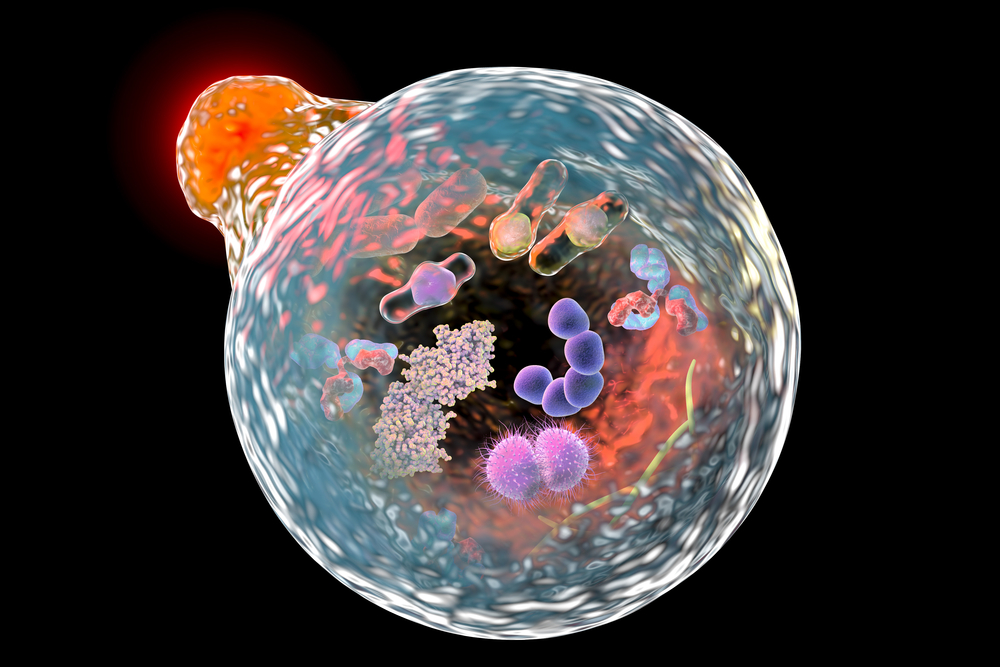Mutations in CLN8 Block the Transport of Lysosomal Enzymes, Leading to Batten Disease, Study Shows
Written by |

Genetic mutations in the CLN8 gene block the transport of lysosomal enzymes to lysosomes, the cellular compartments that digest and recycle different types of molecules, directly contributing to the development of Batten disease, a study has found.
The study, “CLN8 is an endoplasmic reticulum cargo receptor that regulates lysosome biogenesis,” was published in Nature Cell Biology.
Neuronal ceroid lipofuscinoses (NCLs), also known as Batten disease, comprise five childhood genetic neurodegenerative lysosomal storage disorders characterized by vision loss, lack of motor coordination, and impaired cognition.
These conditions can be caused by mutations in 14 different genes (CLN1 to CLN14), that lead to the accumulation of toxic insoluble waste deposits, called lipofuscins, inside cells. One of these genes is CLN8, which provides instructions to make the CLN8 protein, whose function is still not fully understood.
Even so, it has been proposed that CLN8 likely controls the transport of molecules in and out of the endoplasmatic reticulum (ER), a special compartment within cells responsible for the production, processing and transport of proteins.
The ER also is responsible for the production and transport of lysosomal enzymes to the Golgi complex (another cell compartment that participates in protein transport), and then to lysosomes, where these enzymes help digest and recycle unwanted cell materials.
However, scientists do not exactly know how these enzymes are transported from the ER to the Golgi and ultimately to their final destination, the lysosome.
Researchers from the Baylor College of Medicine in Texas, found that CLN8 is required for the transport of lysosomal enzymes from the ER to the Golgi complex.
When the team measured the levels of lysosomal enzymes in samples from a mouse model of CLN8 disease, they found these were significantly reduced compared to samples from healthy control animals.
Researchers also found that to perform its function CLN8 must interact with COPI and COPII — two protein carriers that help transport other proteins — through a specific region in these proteins’ C-terminal tail (the end of a protein’s amino acid chain).
At the same time, CLN8 also binds to lysosomal enzymes through a special loop sequence. When genetic mutations occur within this region, CLN8 is unable to promote their transport to lysosomes, leading to CLN8 disease.
“Our results reveal an unanticipated mechanism for maturation of lysosomal enzymes that requires a specific receptor, CLN8, to transport them from the ER to the Golgi complex,” researchers wrote.
“A larger implication of our results is that CLN8 control of lysosomal homeostasis [normal function] could be explored as a potential target for therapeutic intervention in disease conditions, such as certain types of cancer, that are characterized by aberrant or unrestricted lysosomal activation,” they added.




